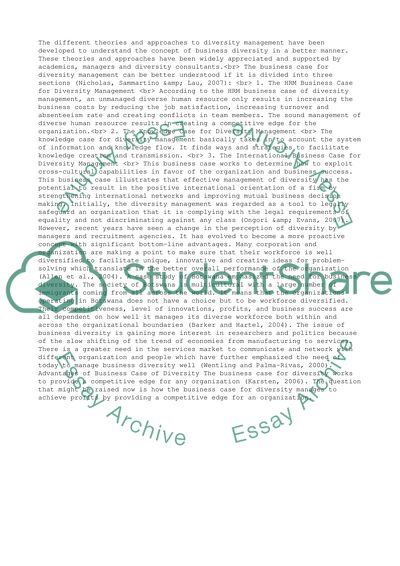Cite this document
(“The Business Case for Diversity Literature Review”, n.d.)
Retrieved de https://studentshare.org/business/1392794-the-business-case-for-diversity
Retrieved de https://studentshare.org/business/1392794-the-business-case-for-diversity
(The Business Case for Diversity Literature Review)
https://studentshare.org/business/1392794-the-business-case-for-diversity.
https://studentshare.org/business/1392794-the-business-case-for-diversity.
“The Business Case for Diversity Literature Review”, n.d. https://studentshare.org/business/1392794-the-business-case-for-diversity.


